Updated: 27-Jul-2021
During WWI, Rapp Motorenwerke in Munich built two in-line six-cylinder engines, 125 and 150 CV, and also 4-cylinders that gave 100 CV.

“Rapp, 150 CV”
-The cylinders were liquid cooled, and joined two by two.

“Rapp, V8”
-This company made larger engines such as the V8 giving 200 CV at 1,350 rpm with the cylinder construction system based on the six-cylinder.
-There were also a 140 CV V8 and a 300 CV V12.
-Both Rapp and its dependencies were the starting base of BMW in WWI.
-In fact, BMW was founded by Karl Friedrich Rapp.
-Rapp Motorenwerke was the predecessor of the BMW. It was located in Munich.
-We achieved a better view of the 150 CV six-cylinder Rapp engine.
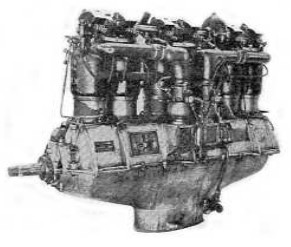
“Rapp de 150 CV”
From Appendix 6: The company was founded in 1913 by Karl Rapp, and it was known exactly as "Rapp Motoren Werke Munchen". During WWI it built engines under license from Austro-Daimler.
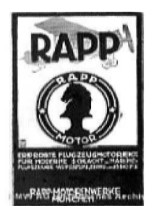
“Rapp logo”
-Karl Rapp would retire due to a serious illness and was replaced by Franz Josef Popp, a senior position at Austro-Daimler.
-In 1917 Franz J. Popp changed the name to Bayerische Motoren Werke, that is, BMW began to act under this name in 1918.
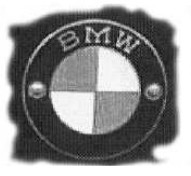
“First BMW logo”
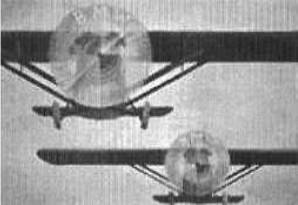
“Inspiration for the BMW logo”
-Thanks to the technician Max Friz, the engine was made that was very successful and even won a height record, the BMW IIIa.
-This engine displaced 19 liters and gave 226 CV, normally reaching 6,000 meters in height. To conquer the height record, it reached 9,620 meters.

“BMW IIIa”
-See also Flottweg to know the beginnings of BMW.
From Appendix 9: We located a 4-cylinder in-line Rapp engine with 100 CV. See main text.

“Rapp engine, 100 CV”
-Munich factory pre-WWI and predecessor of BMW that acquired it.
-In the main text the four-cylinder engine model does not appear in a photo. Now we have one that an appreciated reader has sent us.
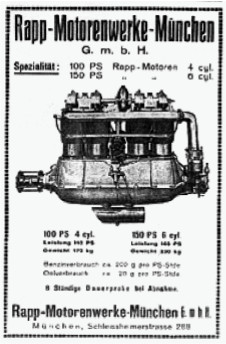
“RAPP 4-cylinder engine, 100 CV”
From Appendix 12: View of the Rapp 8-cylinder V-engine.
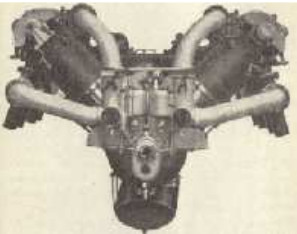
“Rapp V8 engine, 200 CV”
-Predecessor of BMW. First a brand emblem.
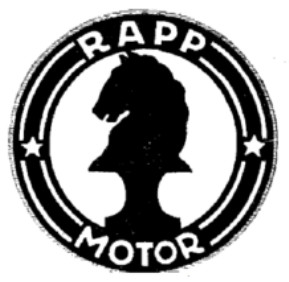
"RAPP's chess-horse symbol"

“In-line 6-cylinder, 150 CV”

“Rapp 150 CV engine, rear view”
-From Flugsport magazine a Rapp engine (BMW predecessor)

“Rapp V-engine”
Engines of RAPP
Model: 4 cyl. in-line, 100 CV.
Arquitecture: 4-cylinder In-line
Cooling: Liquid
Total Displacement:
Bore / Stroke:
Power: 100 CV
Weight:

"The Rapp 100 CV engine"
Model: 6 cyl. in-line, 125 CV.
Arquitecture: In-line
Cooling: Liquid
Total Displacement:
Bore / Stroke:
Power: 125 CV
Weight:
Model: 6 cyl. in-line, 150 CV.
Arquitecture: 6-cylinder In-line
Cooling: Liquid
Total Displacement:
Bore / Stroke:
Power: 150 CV
Weight:

"Rapp, 150 CV"
Model: V12, 300 HP
Arquitecture: 12-cylinder V-Engine
Cooling: Liquid
Total Displacement:
Bore / Stroke:
Power: 300 CV
Weight:
Model: V8, 140 HP
Arquitecture: 8-cylinder V-Engine
Cooling: Liquid
Total Displacement:
Bore / Stroke:
Power: 140 CV
Weight:
Model: V8, 200 CV
Arquitecture: 8-cylinder V-Engine
Cooling: Liquid
Total Displacement:
Bore / Stroke:
Power: 200 CV
Weight:

"RAPP V8 engine, 200 CV"


